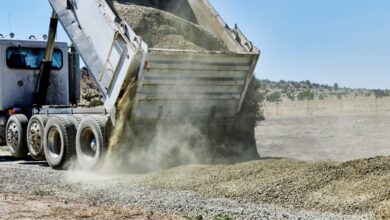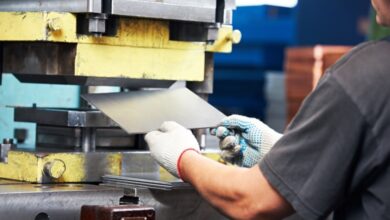
Ways Industrial Finishes Can Help Protect the Environment
Sustainable construction practices are more critical now than ever. Construction professionals play a vital role in adopting methods and materials that don’t just meet project needs but also contribute to a healthier environment. One solution that deserves attention is the use of industrial finishes. These finishes go beyond aesthetic appeal—they actively reduce environmental harm. By the end of this article, you’ll understand ways industrial finishes can help protect the environment.
Reduced VOC Emissions Improve Air Quality
Industrial finishes are emitting fewer volatile organic compounds (VOCs). Many traditional finishes release VOCs, which contribute to air pollution and health concerns for workers and nearby communities. By opting for low-VOC or VOC-free industrial finishes, construction sites can achieve better air quality, reducing immediate health risks for workers and minimizing environmental damage. These finishes help create a safer work area and a healthier community, making them an important choice for modern construction professionals.
Durable Finishes Reduce Waste and Replacement Needs
Using durable and long-lasting industrial finishes lowers the need for frequent repairs and replacements, translating into less material waste over time. When you choose a finish with more durability—like powder coating, which offers environmental benefits thanks to its high performance—you extend the lifespan of surfaces. This extended lifespan reduces waste sent to landfills while lowering the demand for new materials. For construction projects, this not only helps the environment but also saves time and money by reducing the maintenance required across the life cycle of a building.
Energy-Efficient Applications Improve Building Operations
Industrial finishes applied with energy-efficient technologies can lead to buildings that consume less energy during operation. Some high-performance finishes add thermal insulation properties, helping regulate temperature within buildings. This regulation reduces the reliance on heating and cooling systems, ultimately lowering energy consumption and reducing emissions. With energy-efficient applications, construction professionals directly contribute to greener, more sustainable structures.
Recyclable and Reusable Materials Create a Circular Economy
Many modern industrial finishes today are designed with recyclability and reusability in mind. For example, the removal and reapplication of certain coatings can minimize waste in construction. This process aligns with practices that promote a circular economy, where materials maintain their value within the supply chain instead of becoming waste. Construction professionals who choose recyclable or reusable finishes help drive a shift toward more sustainable, repeat-use materials—an essential component of eco-friendly construction practices.
By opting for industrial finishes that benefit the environment, construction professionals contribute to a future that values environmental health and economic efficiency. Whether it’s reducing VOC emissions, saving on energy costs, using recyclable materials, or cutting down on waste, these choices leave a lasting impact. Make every material matter—start choosing finishes that work harder for the planet and your projects.



